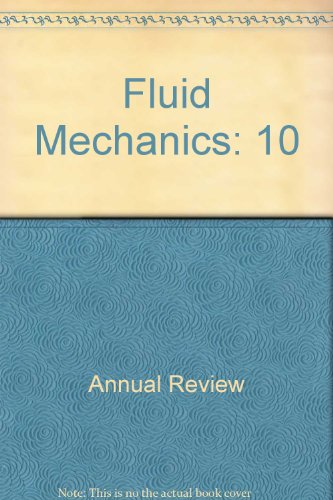Snow Settling in Atmospheric Turbulence
IF 30.2
1区 工程技术
Q1 MECHANICS
引用次数: 0
Abstract
The objective of this contribution is to review more than 80 years of experimental measurements of the settling of snow particles and surrogates in natural and laboratory settings and suggest viable directions for future research. Under the broad category of frozen hydrometeors, snow particles are characterized by a variety of shapes and inertial properties that we broadly refer to as snow morphology attributes and depend on the micrometeorology of the air column, including temperature, relative humidity, wind speed, and turbulence. The uncertainty in the prediction of snow settling velocity is partly due to the significant variability in snow crystal shape, density, and drag properties, as well as the modulating effect of ambient turbulence, which has been observed to affect particle orientation and falling style and enhance or reduce the terminal velocity, as compared to quiescent flow conditions. Because of the complexity of finite-size, nonspherical particles’ interaction with turbulent flows at high Reynolds numbers, we stress the need for simultaneous flow and snow morphology measurements in the field and we review past and current experimental techniques and methodologies.大气湍流中的雪沉降
本贡献的目的是回顾80多年来在自然和实验室环境下对雪颗粒和代用品沉降的实验测量,并为未来的研究提出可行的方向。在冰冻水成物的广义范畴下,雪粒子具有各种形状和惯性特性,我们广义地称之为雪形态属性,并依赖于气柱的微气象学,包括温度、相对湿度、风速和湍流。雪沉降速度预测的不确定性部分是由于雪晶形状、密度和阻力特性的显著变化,以及环境湍流的调制作用,与静止流动条件相比,已观察到湍流会影响颗粒的取向和下落方式,并增强或降低终端速度。由于有限尺寸,非球形颗粒与高雷诺数湍流相互作用的复杂性,我们强调需要在现场同时进行流动和雪形态测量,我们回顾了过去和当前的实验技术和方法。
本文章由计算机程序翻译,如有差异,请以英文原文为准。
求助全文
约1分钟内获得全文
求助全文
来源期刊
CiteScore
54.00
自引率
0.40%
发文量
43
期刊介绍:
The Annual Review of Fluid Mechanics is a longstanding publication dating back to 1969 that explores noteworthy advancements in the field of fluid mechanics. Its comprehensive coverage includes various topics such as the historical and foundational aspects of fluid mechanics, non-newtonian fluids and rheology, both incompressible and compressible fluids, plasma flow, flow stability, multi-phase flows, heat and species transport, fluid flow control, combustion, turbulence, shock waves, and explosions.
Recently, an important development has occurred for this journal. It has transitioned from a gated access model to an open access platform through Annual Reviews' innovative Subscribe to Open program. Consequently, all articles published in the current volume are now freely accessible to the public under a Creative Commons Attribution (CC BY) license.
This new approach not only ensures broader dissemination of research in fluid mechanics but also fosters a more inclusive and collaborative scientific community.

 求助内容:
求助内容: 应助结果提醒方式:
应助结果提醒方式:


